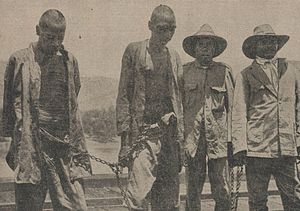IND/The Impact of Disadvantage and Inequality on Over-representation in Custody
Over the past decade the ratio of Indigenous of deaths in prison has been lower than the equivalent non-Indigenous ratio. That is, Indigenous prisoners continue to be statistically less likely to die in custody than non-Indigenous prisoners. However, the total number of Aboriginal deaths in custody is rising as the number of Aboriginal prisoners has continued to increase (Australian Institute of Criminology, 2013).
For the past 20 years, following on from the work of the Royal Commission, the Australian Institute of Criminology has published an annual report on Indigenous deaths in custody and rates of imprisonment. Its most recent report presented an overview of the 20 years since the Royal Commission. They found that the proportion of prisoners that are Indigenous had almost doubled from 1991 to 2011 (Australian Institute of Criminology, 2013). Despite the enormous amount of research and monitoring in this area, the situation continues to worsen.
As at 30 June 2012, there were 7,979 prisoners in Australia who identified as Aboriginal and Torres Strait Islander. This represented just over one quarter (27%) of the total prisoner population. Given that Aboriginal and Torres Strait Islander people make up around 3% of the general Australian population, this means that they now even more dramatically over-represented in the prison population (Australian Bureau of Statistics, 2013).
In 2011 the House of Representatives conducted an inquiry into young Indigenous people’s interaction with the criminal justice system. “The Committee was concerned to find that the overrepresentation of Indigenous juveniles and young adults is worse now than it was 20 years ago when the Royal Commission into Aboriginal Deaths in Custody report was published” (House Standing Committee on Aboriginal and Torres Strait Islander Affairs, 2011).
